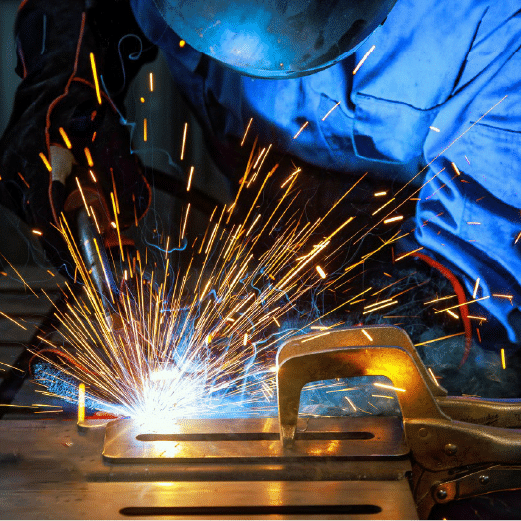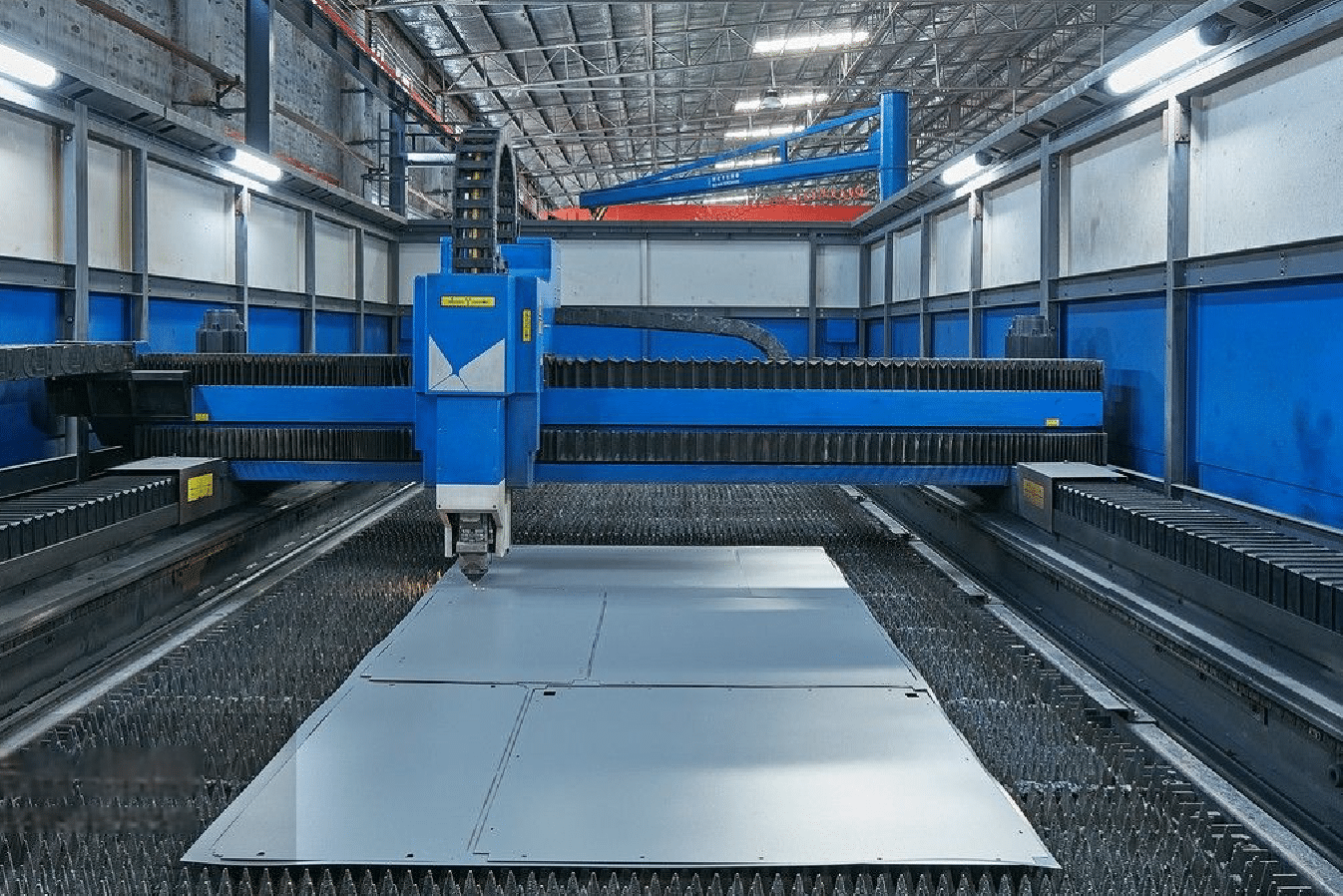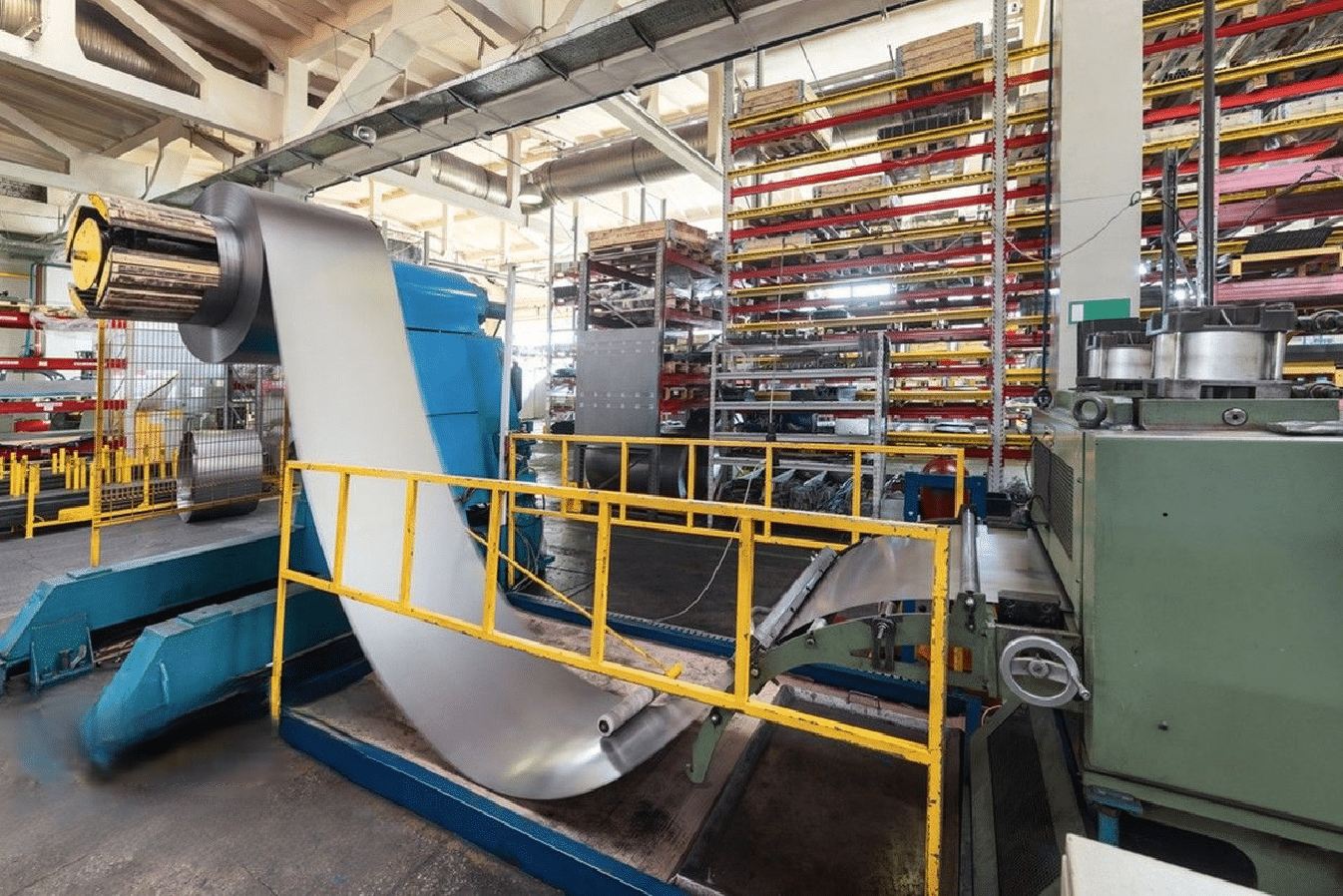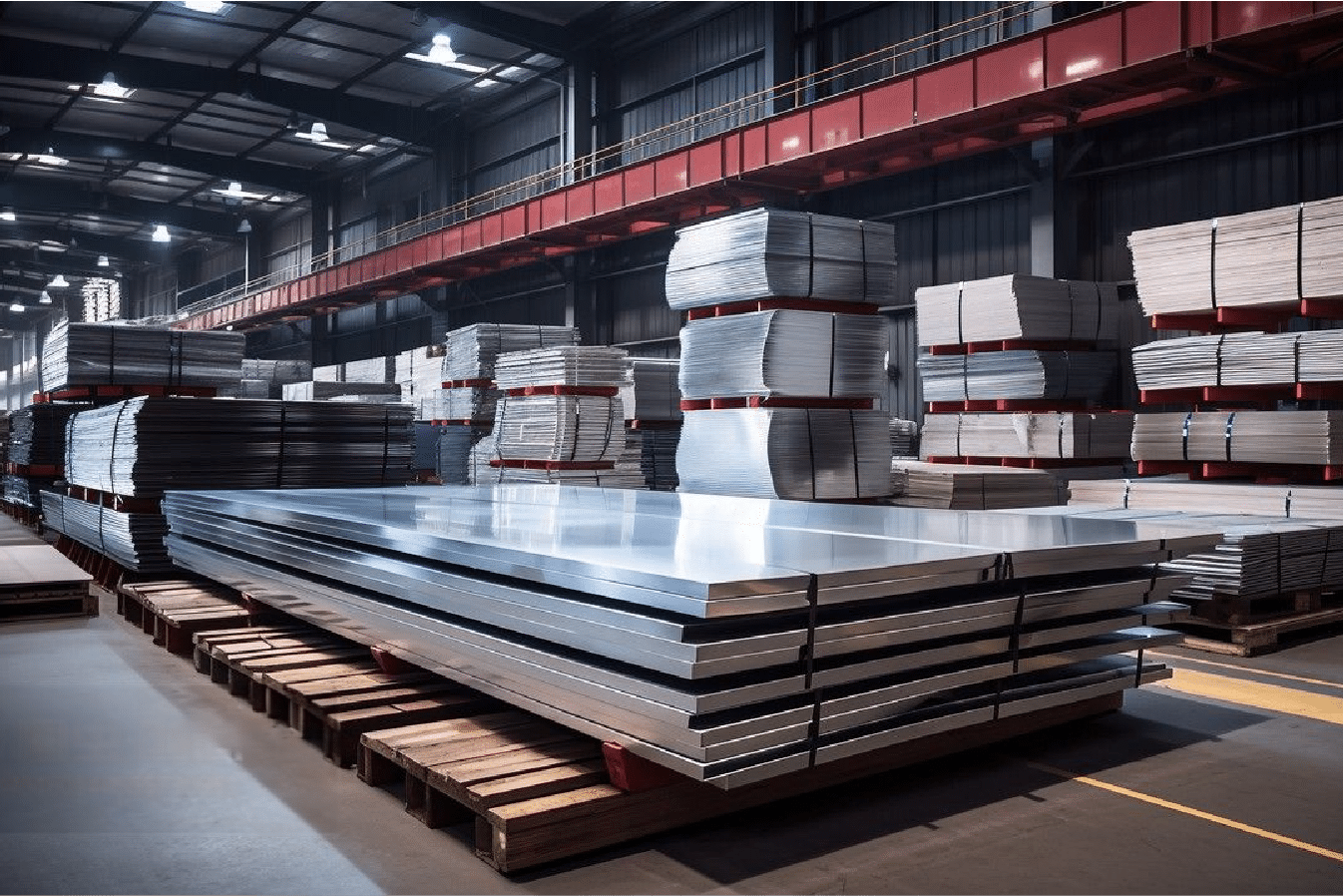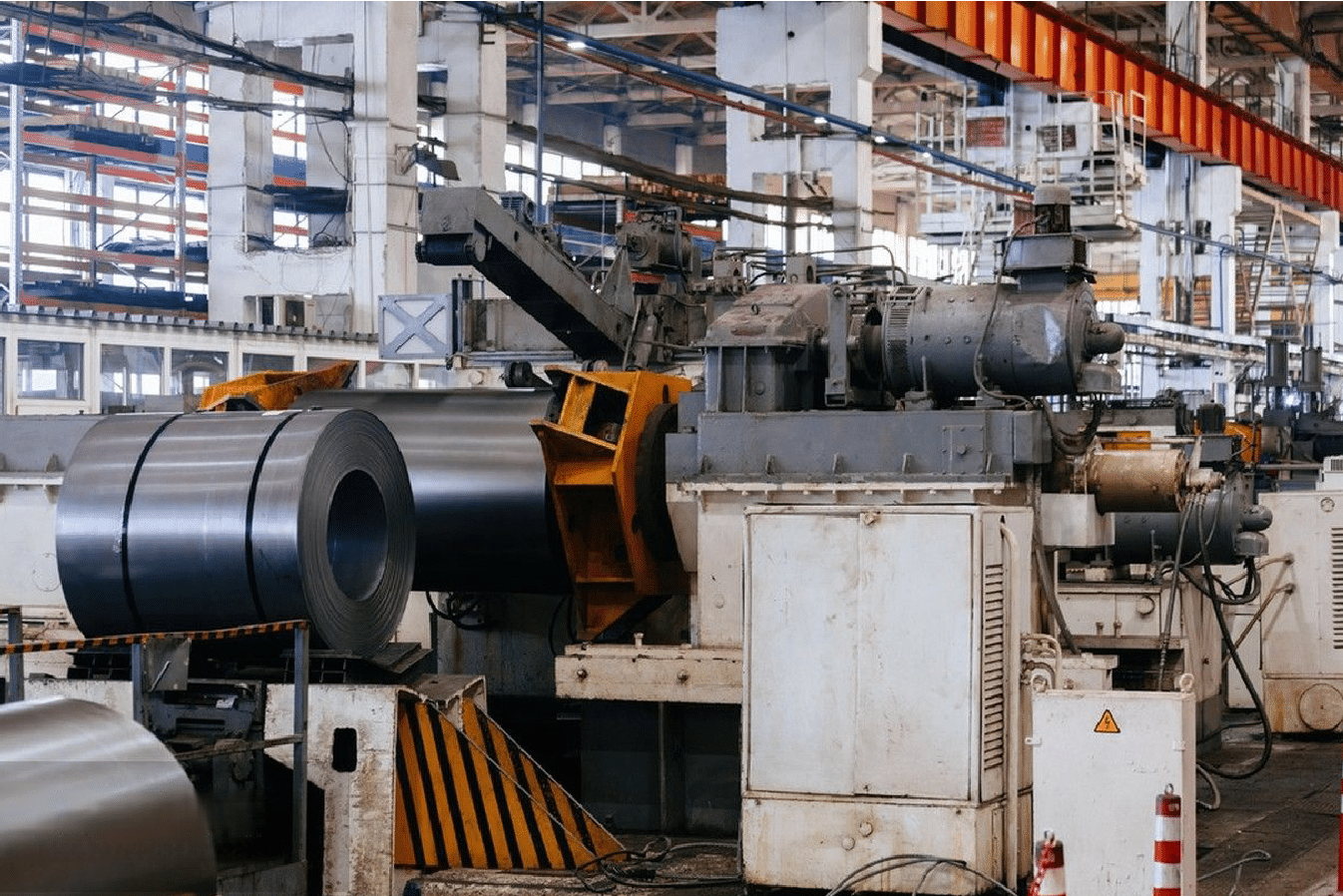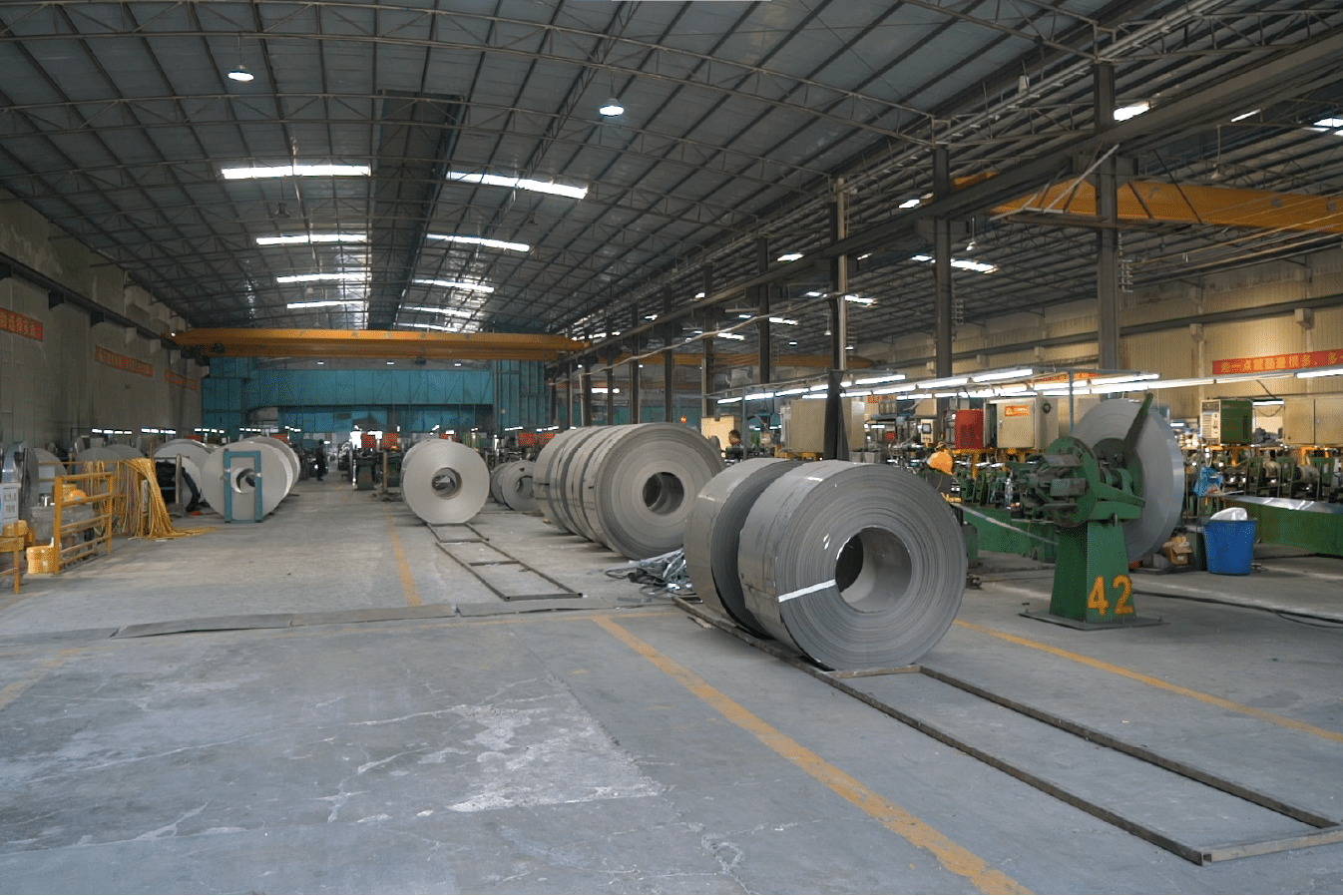In my 15 years of supplying stainless steel pipes to food processing facilities, I've seen how critical material selection is for food safety. Poor material choices can compromise product quality and safety, while proper selection ensures reliable, hygienic operations.
Stainless steel pipes are essential in food processing due to their superior hygiene properties, corrosion resistance, ease of cleaning, and compliance with strict food safety regulations, making them the preferred choice for ensuring product safety and quality.
Through my experience working with major food manufacturers worldwide, I've gained deep insights into how stainless steel pipes maintain food safety standards. Let me share how proper pipe selection can prevent contamination and ensure regulatory compliance.
The use of stainless steel pipes in food processing has become increasingly important as safety standards evolve. Having supplied pipes for countless food processing facilities, I understand how material properties directly impact food safety and operational efficiency.
What Are the Hygiene Benefits of Using Stainless Steel Pipes in Food Processing?
Drawing from extensive experience with food-grade applications, I can confirm that hygiene benefits are paramount.
Stainless steel pipes provide exceptional hygiene benefits through their non-porous surface, resistance to bacterial growth, and ability to maintain cleanliness even after years of service.
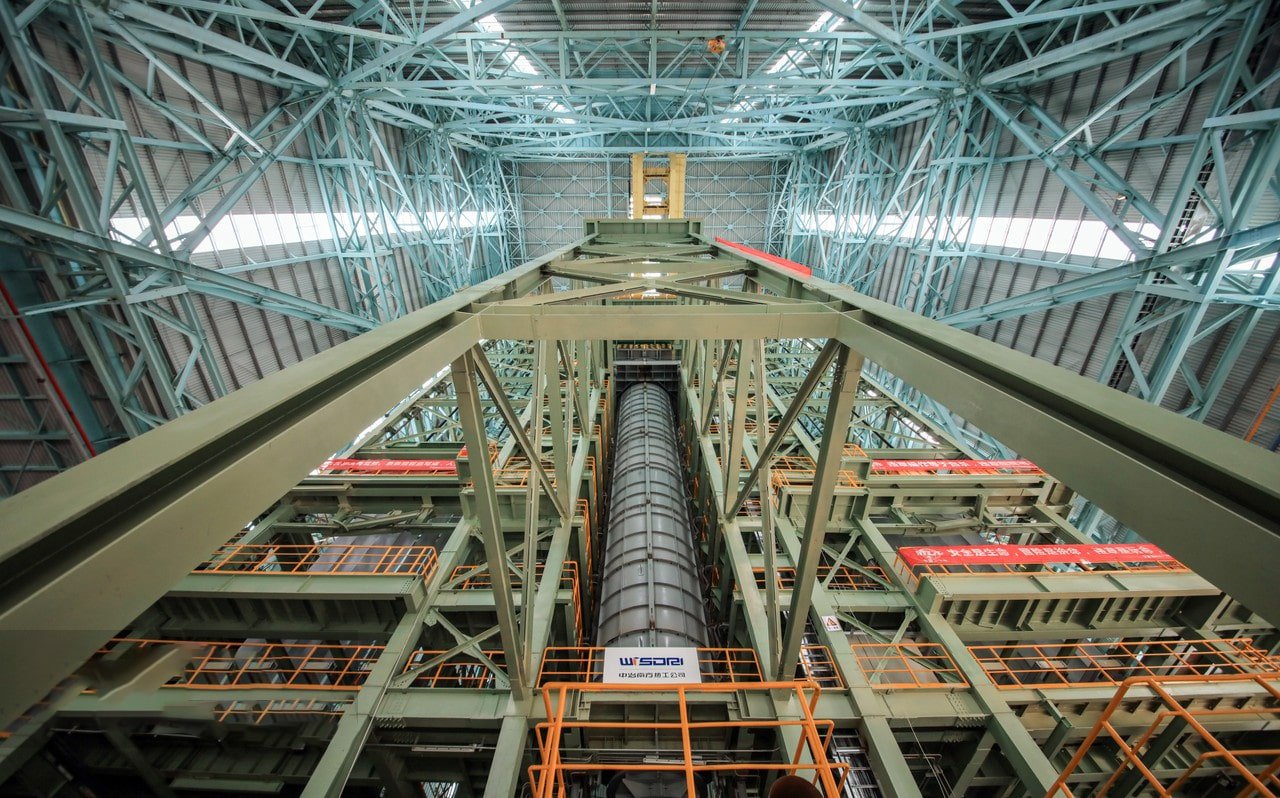
Surface Properties and Bacterial Resistance
-
Surface Characteristics:
- Non-porous structure
- Smooth finish options
- Minimal adhesion points
- Easy sanitization
-
Bacterial Growth Prevention:
- No surface degradation
- Resistance to biofilm formation
- Temperature stability
- Chemical resistance
| Surface Finish | Ra Value (μm) | Application |
|---|---|---|
| 2B | ≤0.8 | General Processing |
| Polished | ≤0.4 | High Purity |
| Electropolished | ≤0.2 | Ultra-Clean |
Material Integrity
-
Long-term Performance:
- No surface degradation
- Consistent cleanability
- Maintained finish
- Durability
-
Temperature Resistance:
- Steam sterilization capability
- Hot CIP solutions
- Process temperatures
- Thermal cycling
How Do Stainless Steel Pipes Enhance Food Safety Standards?
Through years of quality control experience, I've observed how stainless steel pipes contribute to food safety.
Stainless steel pipes enhance food safety through their inert nature, resistance to chemical reactions, ability to withstand sanitization processes, and maintenance of product purity.
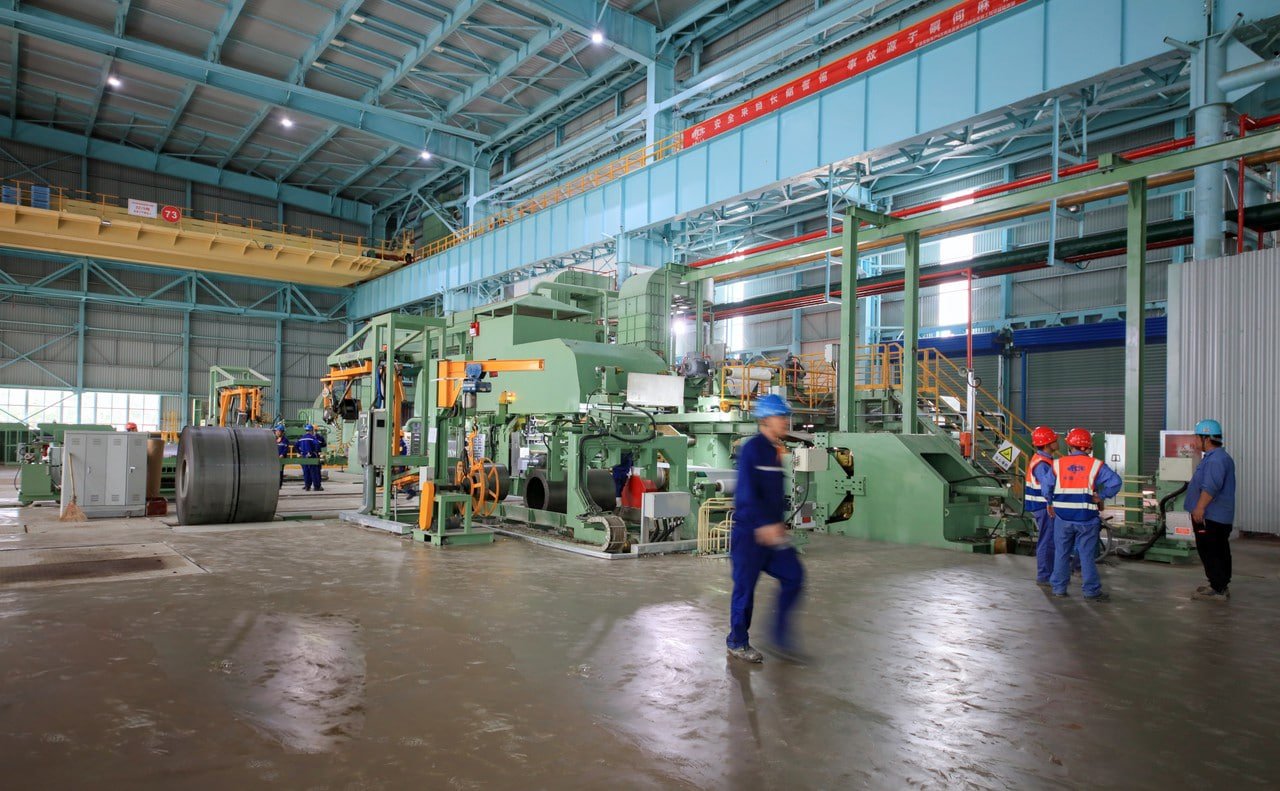
Product Protection
-
Material Properties:
- Non-reactive surface
- No taste transfer
- No odor absorption
- Chemical stability
-
Contamination Prevention:
- No material leaching
- Particle-free surface
- Clean break points
- Sealed connections
| Safety Aspect | Benefit | Impact |
|---|---|---|
| Non-reactive | No product interaction | Pure taste |
| Inert surface | No contamination | Safe consumption |
| Stable material | Consistent quality | Reliable processing |
Process Integrity
-
System Design:
- Dead leg elimination
- Full drainability
- CIP optimization
- Sanitary connections
-
Quality Assurance:
- Material traceability
- Surface validation
- Process verification
- Documentation
What Are the Corrosion Resistance Advantages of Stainless Steel Pipes in Food Processing?
My experience with various food processing environments has shown the importance of corrosion resistance.
Stainless steel pipes offer exceptional corrosion resistance against cleaning chemicals, food acids, and sanitization agents, ensuring long-term reliability in food processing operations.
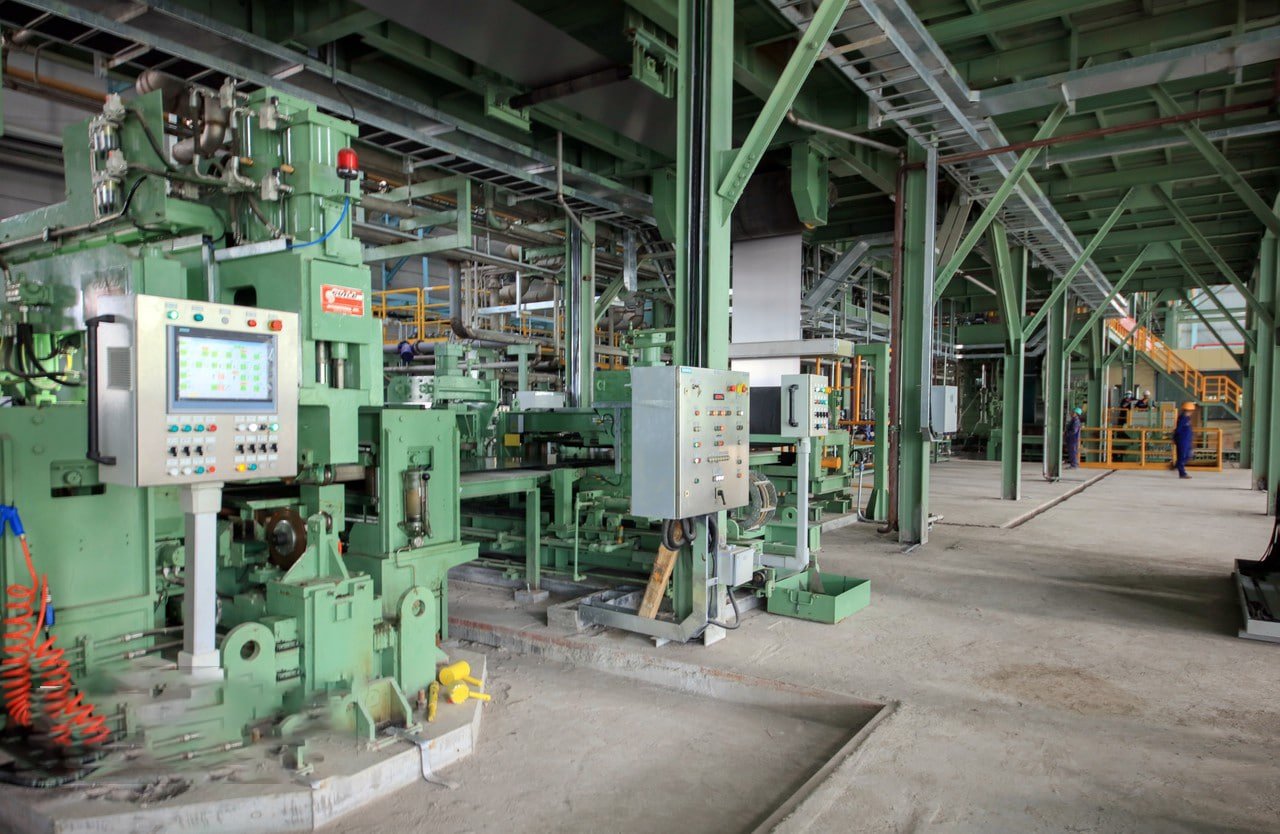
Chemical Resistance Properties
-
Cleaning Chemical Resistance:
- Caustic solutions
- Acid cleaners
- Sanitizing agents
- Sterilization media
-
Process Media Resistance:
- Food acids
- Salt solutions
- Product ingredients
- Process additives
-
Environmental Protection:
- Atmospheric corrosion
- Moisture exposure
- Temperature variations
- Chemical vapors
Performance Optimization
-
Grade Selection:
- Application requirements
- Environmental conditions
- Process parameters
- Cost considerations
-
Surface Treatment:
- Passivation
- Electropolishing
- Mechanical finishing
- Special treatments
-
Maintenance Planning:
- Inspection schedules
- Cleaning protocols
- Replacement criteria
- Performance monitoring
How Do Stainless Steel Pipes Contribute to Efficient Cleaning and Maintenance?
Based on my work with CIP systems, I understand the crucial role of efficient cleaning.
Stainless steel pipes support efficient cleaning through their smooth surface finish, resistance to cleaning agents, and ability to withstand repeated CIP cycles without degradation.
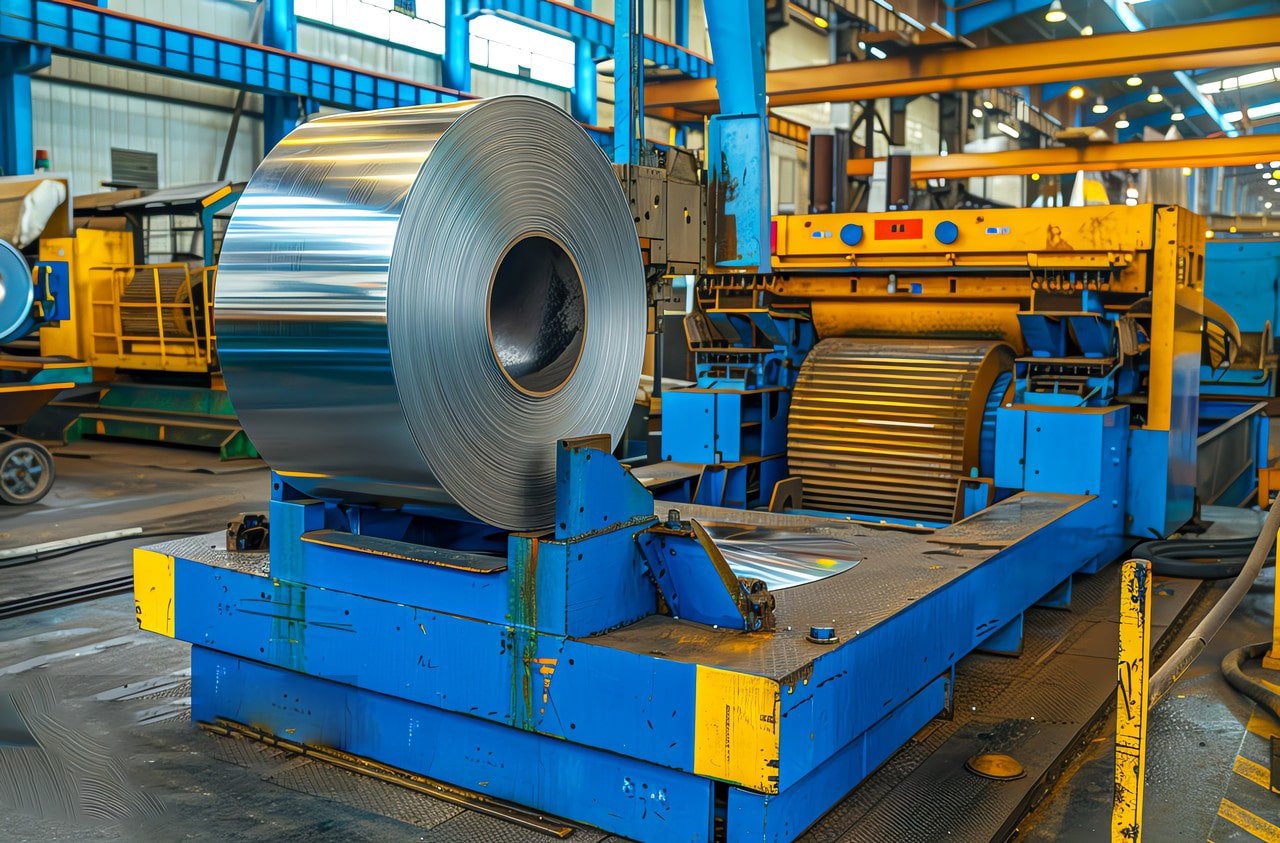
Cleaning System Design
-
CIP Optimization:
- Flow characteristics
- Surface contact
- Temperature resistance
- Chemical compatibility
-
System Integration:
- Connection design
- Access points
- Drainage capability
- Monitoring systems
-
Operational Efficiency:
- Cleaning cycle times
- Resource consumption
- Validation methods
- Documentation requirements
Maintenance Protocols
-
Regular Inspection:
- Surface condition
- Joint integrity
- Seal performance
- System efficiency
-
Performance Monitoring:
- Cleaning effectiveness
- Surface finish
- Material integrity
- System reliability
-
Documentation Requirements:
- Inspection records
- Maintenance history
- Cleaning validation
- Compliance verification
What Regulations Require the Use of Stainless Steel Pipes in Food Processing?
Through years of regulatory compliance work, I've gained deep understanding of requirements.
Food processing regulations worldwide mandate the use of food-grade materials like stainless steel pipes, with specific requirements from FDA, USDA, 3-A Sanitary Standards, and EHEDG.
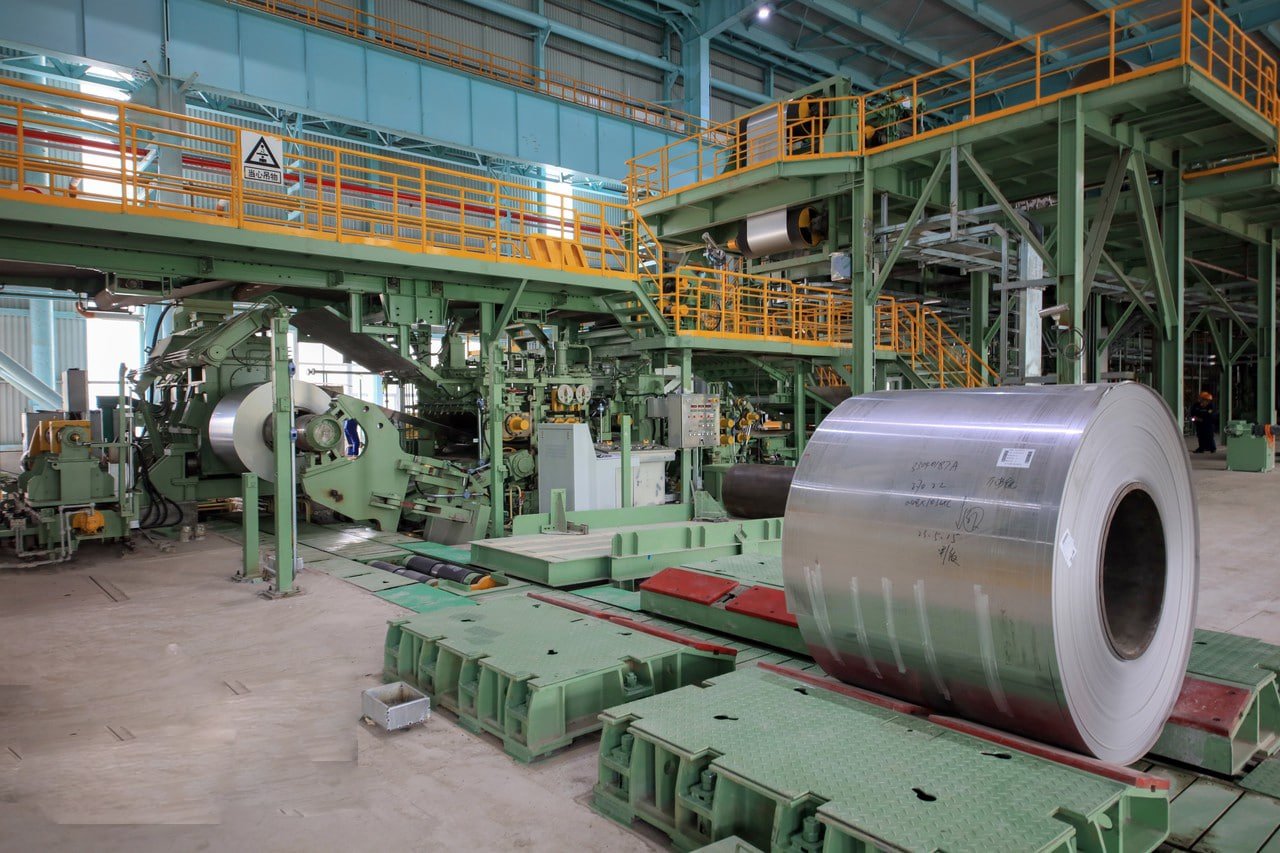
Regulatory Framework
-
International Standards:
-
Industry Guidelines:
-
Compliance Documentation:
- Material certification
- Testing reports
- Installation validation
- Maintenance records
Implementation Requirements
-
Material Specifications:
- Grade selection
- Surface finish
- Manufacturing process
- Quality control
-
Installation Standards:
- Connection methods
- Support systems
- Access requirements
- Cleaning provisions
-
Validation Protocols:
- Testing methods
- Documentation needs
- Inspection criteria
- Performance verification
Conclusion
Stainless steel pipes are fundamental to food processing operations, providing essential hygiene benefits, safety assurance, and regulatory compliance while ensuring efficient cleaning and maintenance capabilities.
-
Understand FDA compliance for stainless steel use in food safety ↩
-
Learn about USDA guidelines for food-grade materials ↩
-
Discover EU regulations on stainless steel in food processing ↩
-
Explore ISO standards for stainless steel in food processing ↩
-
Find out 3-A Sanitary Standards for hygienic design and materials ↩
-
Learn about EHEDG requirements for hygienic stainless steel use ↩
-
Understand GFSI benchmarks for stainless steel compliance ↩
-
Discover BRC standards for food safety and stainless steel use ↩

